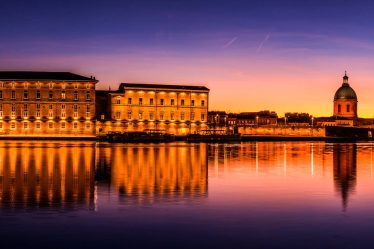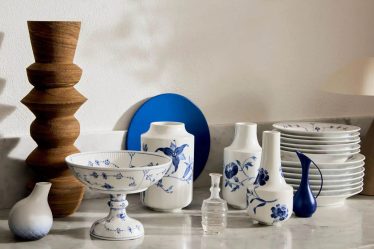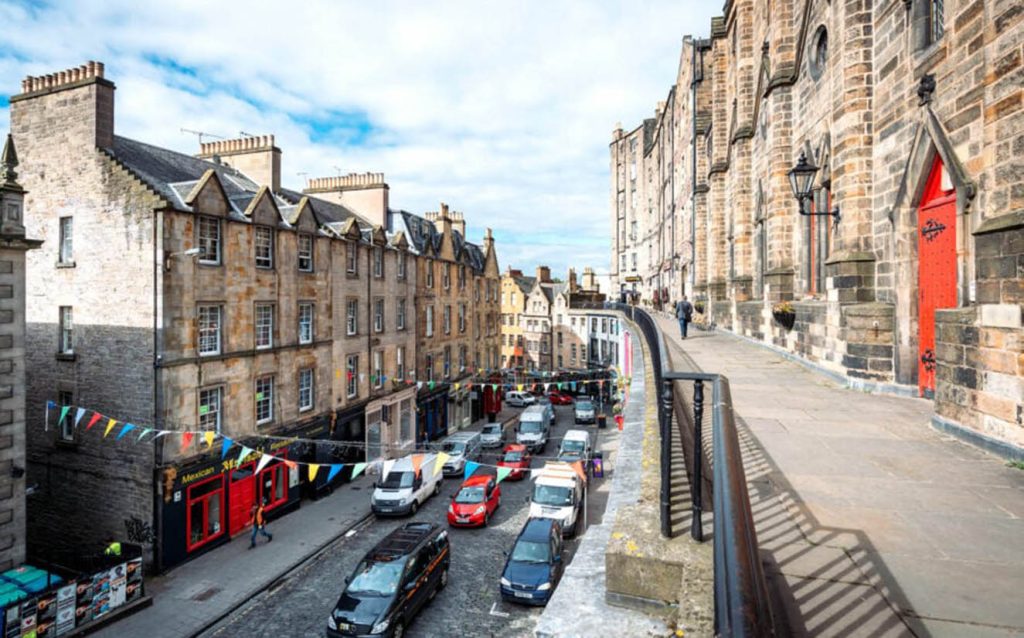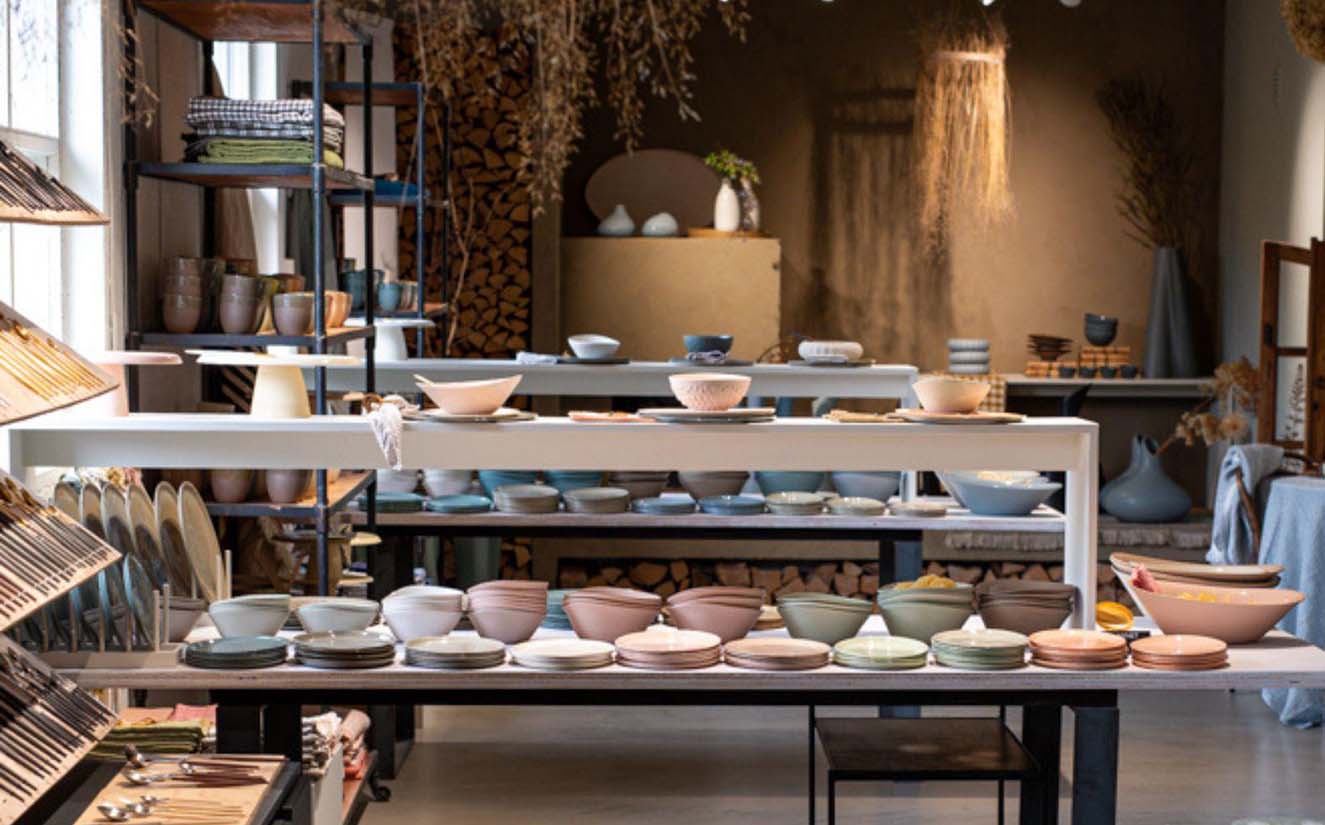
The sound of gravel crunching underfoot marked the beginning of my morning in Randers, a town that surprised me with its quiet depth and handcrafted soul. Located in eastern Jutland, Denmark, Randers may not be the first destination that springs to mind for Nordic design or ceramics, but perhaps that’s precisely why its treasures feel so personal. Each street corner led to something understated and beautiful—a storefront with wooden shutters, a window display of finely shaped stoneware, or the flicker of candlelight against a hand-thrown bowl.
1. Walking Into the Town’s Heart: Storefronts and Cobblestone Corners
I began my exploration on Houmeden, one of the main pedestrian streets in Randers. The cobblestones felt uneven, but the rhythm of walking on them added a kind of old-world charm that was impossible to ignore. Each shop seemed to wear its age proudly, from the vintage signage to the hand-painted window lettering. There’s a noticeable absence of flashy chains here. It’s not that you can’t find global brands—Randers isn’t frozen in time—but the focus remains steadfastly local.
My first stop was a small studio-shop with a chalkboard out front: “Velkommen – Handmade Ceramics Inside.” The scent of clay and beeswax polish greeted me before I even reached the counter. An older woman—gray hair pulled back into a low bun—sat behind the counter painting delicate blue strokes onto a cream-glazed cup. She looked up with a nod but didn’t interrupt her work, as though allowing me the space to engage with the pieces on my own terms.
The shelves were full but not crowded. Bowls shaped like shells, pitchers with asymmetrical handles, matte and rough-glazed textures that caught the late morning light in soft gleams. I held a teacup that seemed to hum with the weight of the potter’s hand. It felt grounded, slightly heavy, a quiet rebellion against mass production.
2. The Revival of Traditional Crafts in Modern Form
Randers doesn’t scream with commercialism; it whispers with lineage. Many of the craftspeople here are second- or third-generation artisans. In one workshop-gallery hybrid tucked just off Storegade, I came across a younger man—probably in his early thirties—shaping clay on a wheel that looked older than him. He worked in silence but nodded when I asked in English if I could observe. His shelves were lined with stoneware in deep forest greens and sandy browns, the kinds of colors that seem borrowed from the Jutland countryside.
I asked how long it took him to make one of his signature dinner plates. He thought for a moment and answered, “About 8 hours—not counting drying and firing. If you count those, maybe 4 days.” It felt like a small act of reverence to buy one. I chose a plate with a lip edged in iron oxide glaze—raw, beautiful, and functional.
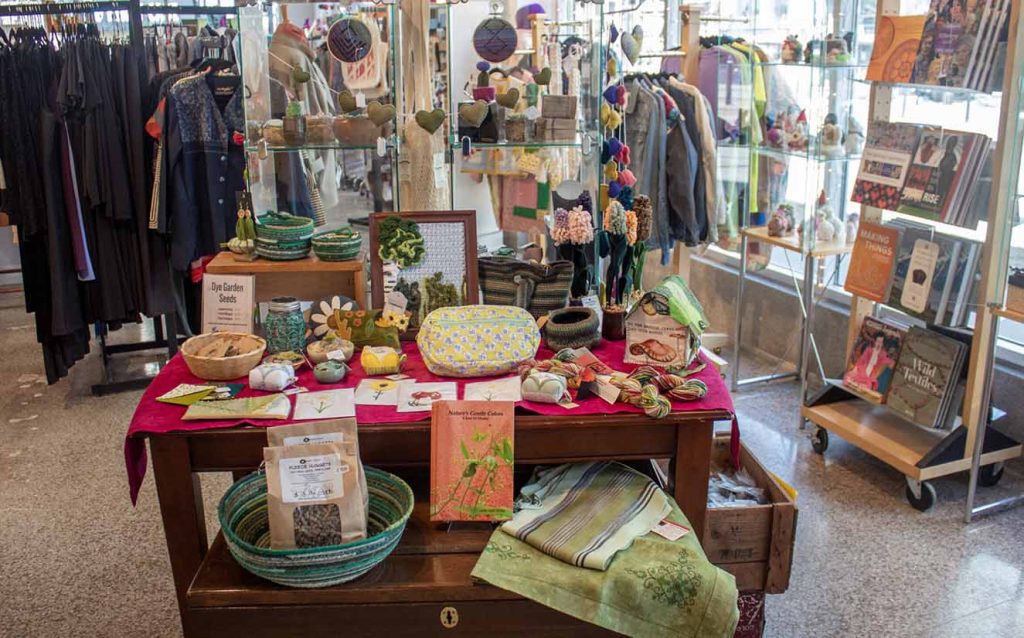
Further down the street, I entered a shop that specialized in textile arts—woven wall hangings, hand-stitched table runners, and linen throws. The woman at the counter pointed to a large loom in the back and told me it had been used by her grandmother. Some of the wool was dyed with lichen and wild plants gathered from the outskirts of Randers Fjord. The whole experience had the feel of being let into someone’s family history, not just a transaction.
3. Nordic Minimalism With a Human Touch
There’s a kind of minimalism that feels clinical—untouched, cold, showroom-perfect. Then there’s Nordic minimalism as it exists in Randers: functional, deeply tactile, rooted in natural materials. It’s not about less for the sake of aesthetic. It’s about refinement, and knowing what to leave in, what to leave out.
At a design store called Form & Firkant, I spent nearly an hour admiring handmade wooden furniture, ceramic pendant lights, and brushed brass door handles. Each item seemed designed with the intention of being used every day, not admired from a distance. I sat on a wooden chair with a back shaped like a ginkgo leaf. The wood was oak, sanded to a silky finish but still bearing the subtle notches and grain lines. A sales assistant told me the designer harvests the wood from a family-owned forest just 40 kilometers from the town.
I couldn’t resist purchasing a small stool carved from a single block of ash. It was polished, sturdy, and bore a tiny engraved maker’s mark underneath—just initials and the year. It felt like I was taking home a piece of Denmark, one that would age alongside everything else in my home.
4. Ceramics That Tell a Story
At another shop, I came across a series of ceramic sculptures that stopped me in my tracks. Shaped like half-open books, each piece had rough-pressed text on the inside surface. The words were in Danish, but the owner explained that they were excerpts from local poets and old seafarers’ journals. The clay was tinted with charcoal and fired with sea salt, creating irregular surfaces and edges that looked as though they’d been eroded by wind and time.
I bought a piece inscribed with a poem about the changing tides of the fjord. When I asked the artist—who happened to be visiting the shop—why she used poetry, she said, “Ceramics are vessels. Why shouldn’t they carry stories too?” It stayed with me for the rest of the day.
5. Exploring the Randers Design House
One afternoon was devoted entirely to the Randers Design House, a collective gallery and showroom that highlights the work of emerging Danish designers. The space itself is a repurposed warehouse with exposed beams and soft track lighting that gave everything a quiet, golden glow.
Each corner was curated by a different designer. One section displayed lighting fixtures made of recycled paper pulp, molded into forms that looked like folded origami. Another section featured modular shelving systems crafted from steel and birch plywood. I saw people—locals, mostly—actually trying out the furniture, not just browsing. There was an intimacy to the space that made it feel like a living home rather than a showroom.
A young designer named Lasse showed me a series of chairs he’d created using steam-bent wood and wool felt. His pieces weren’t flashy, but each curve seemed to serve a purpose. I sat in one and immediately understood the care that had gone into its construction. When I complimented his design, he smiled and said, “It’s just Danish logic—things should work and look right.” That balance between logic and warmth seemed to sum up so much of what I had seen throughout Randers.
6. Markets and Hidden Alleys
On Saturday, the town square came alive with its weekly market. There were the expected offerings—cheeses, sausages, honey, and preserves—but also several booths showcasing handmade goods. A couple sold hand-forged knives and wooden kitchen tools. The handles were carved from local beechwood, and each blade was marked with an etched emblem that looked vaguely Norse.
In a quieter section of the market, I met an elderly man selling carved wooden figurines—mostly animals and mythological creatures. He told me he started carving in his retirement, using old fishing knives and chisels from his father’s toolbox. Each piece had a name. The wolf I bought was called “Ulrik.” The man wrapped it carefully in waxed paper, like he was packing something sacred.
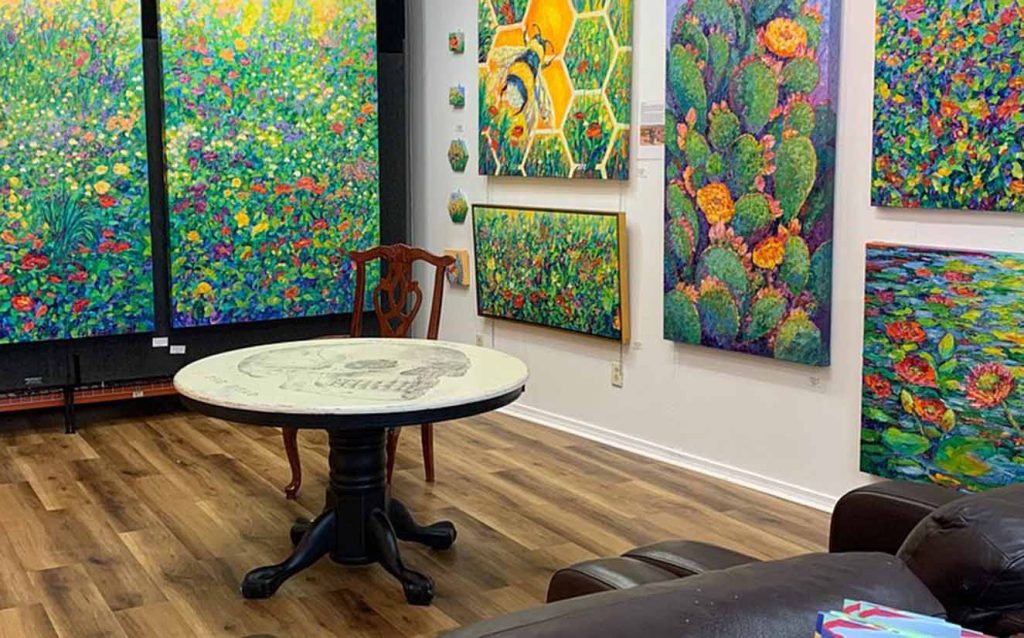
Wandering further behind the main street, I stumbled into a courtyard filled with art studios. One had a display of hand-printed linocut posters. The themes ranged from folklore to sea creatures, each printed in limited editions. I chose one with a stylized image of a merman holding a lantern, printed in navy ink on heavy cream paper. It now hangs by my writing desk.
7. Design in Everyday Life
Even outside of the shops, design in Randers felt intentional. The public benches, often carved from stone or shaped with curved wood, were thoughtfully placed for sun exposure or views of the Gudenå River. Trash bins had a kind of elegance, shaped in rounded metal forms that somehow blended into the streetscape. The signage, whether for a café or a public library, favored clean fonts and warm materials—wood, slate, iron.
Even the lighting on the street felt curated. At night, the amber glow from traditional-style lanterns bathed the sidewalks in a soft haze. It gave the sense that nothing in Randers was rushed or thoughtless. There’s no obsession with being “cutting edge” for the sake of it. Instead, everything feels like a continuation of older traditions brought into the present with care.
8. Conversations and Connections
Over the course of several days, I spoke with a handful of shopkeepers and makers, often over coffee poured from ceramic pitchers or homemade elderflower lemonade. There’s a quiet pride in what they do, but not a hint of arrogance. When I mentioned that I was impressed by how deeply integrated design was in daily life, one woman said, “We don’t really think of it as design. It’s just… the way things should be.”
There’s something grounding about that mindset. It suggests that beauty and function are not luxuries or status symbols, but birthrights—accessible and necessary. It’s a philosophy that made me look at my own home differently, think about the things I surround myself with, and why.
9. An Enduring Impression in Clay, Wool, and Wood
Randers left a mark on me in textures: the soft loop of handwoven linen, the smooth, cool surface of fired clay, the gentle roughness of sanded wood. I carried home more than I planned—plates, posters, small wooden carvings—but it never felt like shopping in the conventional sense. Each piece had a name, a story, a maker. Each item felt connected to a place where traditions are not just preserved, but lived.
The air in Randers seemed charged with something ancient but gentle—like the crackle of a kiln cooling after a long night. Even as I packed my suitcase, wrapping pottery in thick sweaters and tucking prints between books, it felt less like the end of a visit and more like the start of a quiet companionship with the things I had chosen to bring home.
Embark on an Unforgettable Journey: Explore, Experience, and Enjoy!
- Enchanting Escapades at Disneyland Paris: A Magical Journey Awaits! : Step into a World of Wonder, Where Dreams Come to Life! Experience the Magic at Disneyland Paris – Where Every Moment is a Fairytale Adventure!
- Gatwick Airport Parking: Secure, Convenient, and Stress-Free! : Park with Confidence, Travel with Ease! Discover Hassle-Free Gatwick Airport Parking for a Seamless Start to Your Journey!
- Air France - Elevating Travel, Embracing Elegance! : Journey Beyond Boundaries with Air France: Where Every Flight is a Symphony of Style and Comfort!
- EasyJet Holidays - Effortless Escapes for Unforgettable Adventures! : Simplify Your Getaway with EasyJet Holidays: Where Every Moment is Packed with Joy. Your Dream Vacation, Made Easy!
